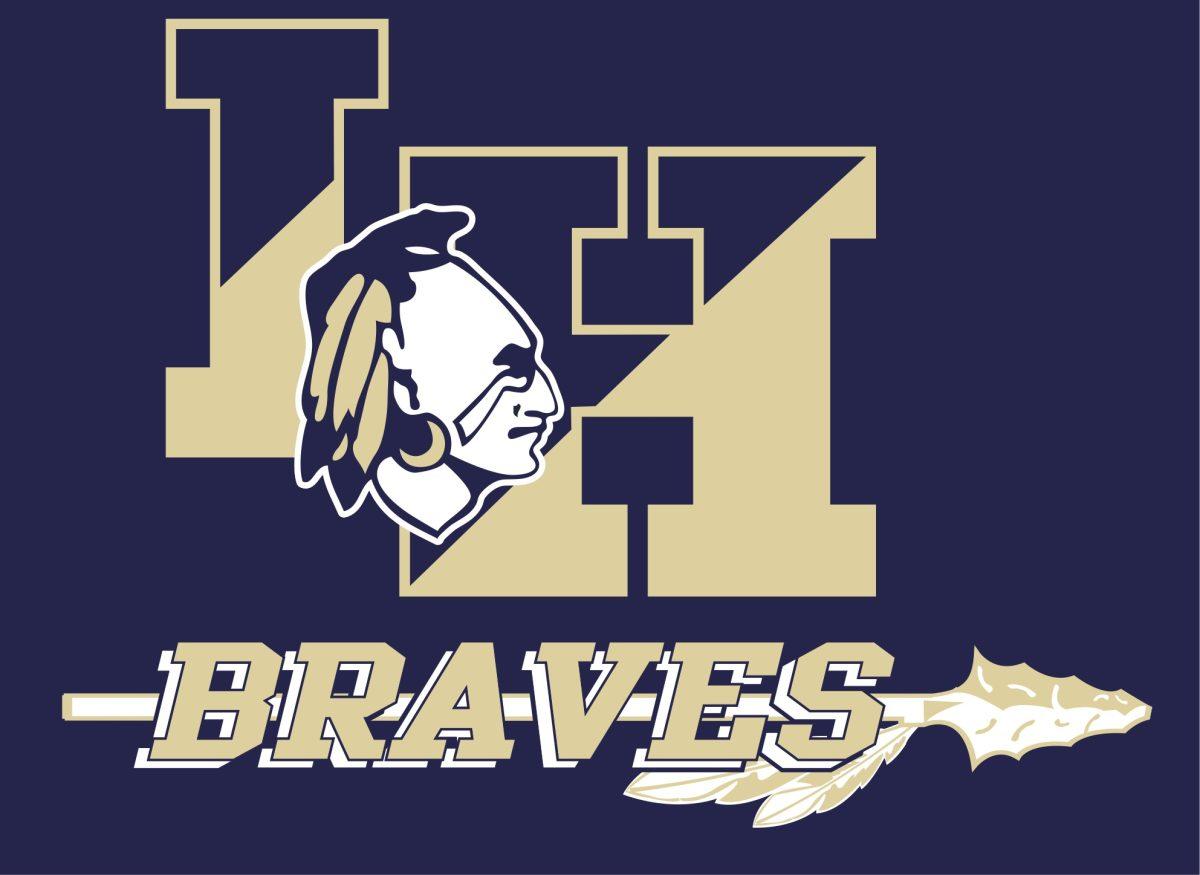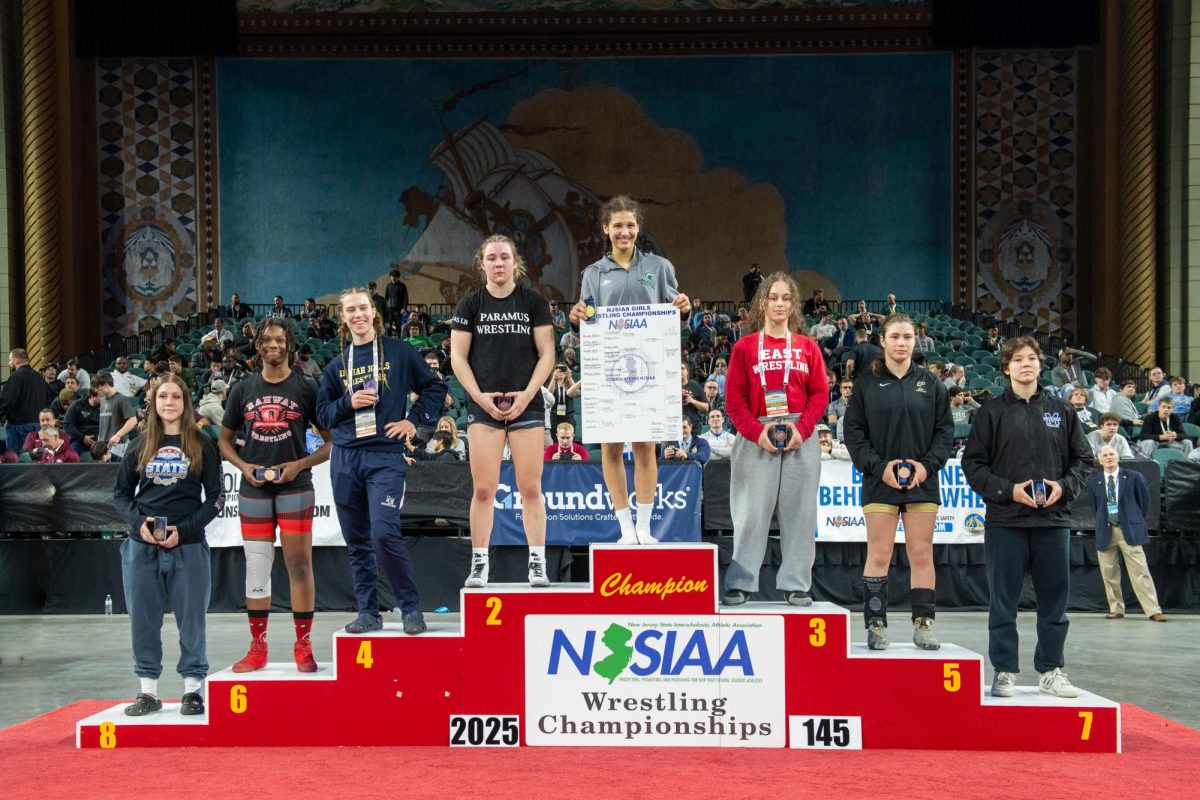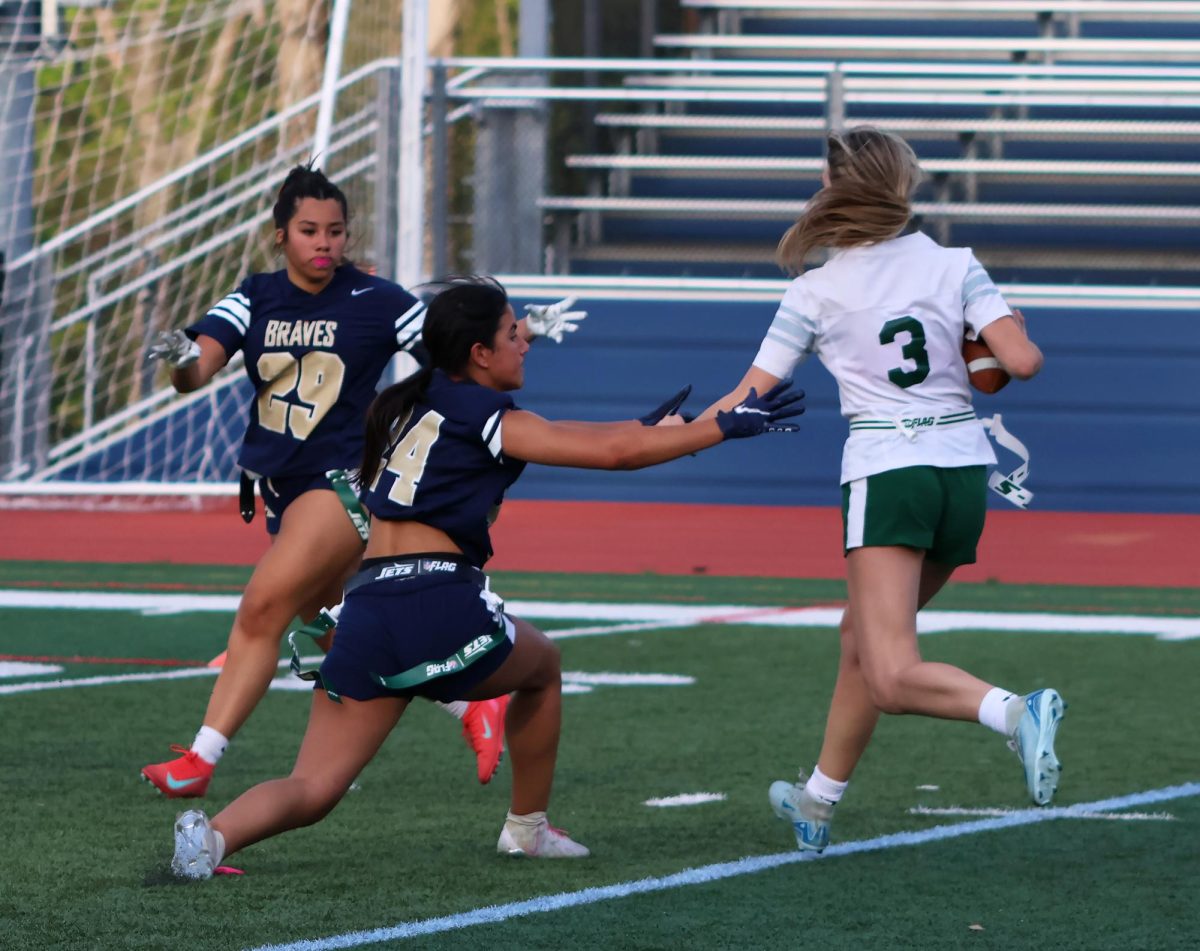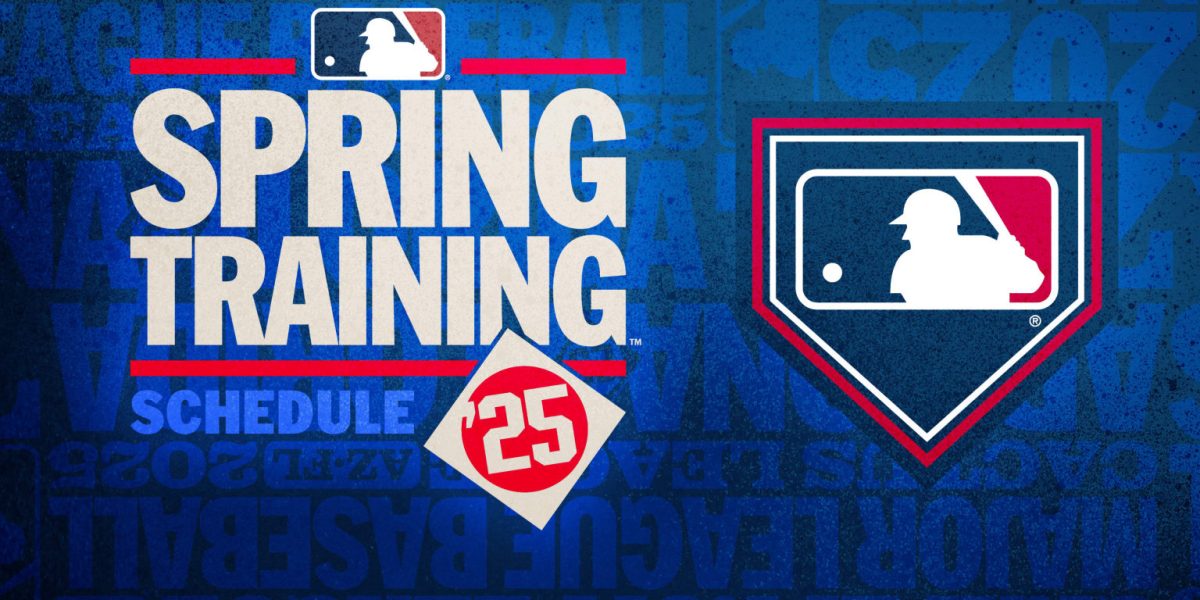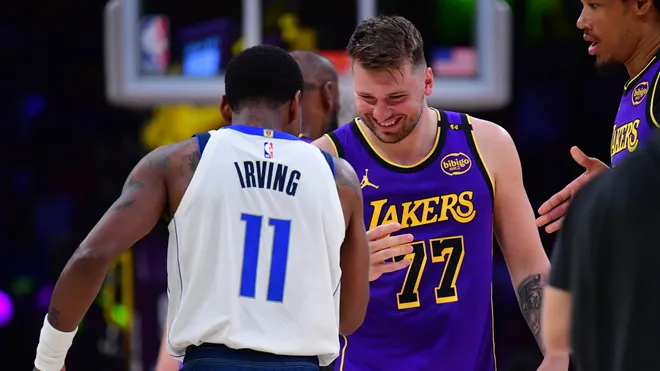‘23
As the spring sports season approaches at Indian Hills, many student-athletes are finishing different types of off-season training regiments. Off-season training is critical to athletes for many reasons and it varies with every sport.
Many athletes focus on three aspects when completing off-season training: cardio/endurance, weight/strength training, and skills/sport-specific training. This regiment helps athletes not only get better form-wise but also helps with injury prevention. Building strength in specific muscle groups helps strengthen the body overall and stay in shape when not actively playing a sport. According to an article published by Ohio University, “All in all, off-season training is important regardless of the sport because it is a time to rest, develop, improve, and focus on skills that directly and indirectly affect competitive performance.” Another importance of off-season training is to keep in shape with the fast-paced components of each sport. Whether it is having the ability to hit a fastball thrown by the best pitchers or being able to perfect the hand-eye coordination needed to scoop or catch a lacrosse ball, keeping skills that easily fade over time is a crucial aspect of each sport. In addition, off-season training can give teams an edge over the competition at the beginning of the season. Whilst off-season training is where the majority of athletic progress is made, it also contains the danger of becoming burnt out with the sport. This is why “It’s also important to find an enjoyable way to train in the off-season so as to avoid becoming burnt-out or injured.”
According to Mikayla Amoruso, a junior pitcher on the IH softball team, “I would say repetition is key for not only off-season training but in season as well. I feel like one of the main factors of being a good athlete is continuously working at something, growing that muscle memory and eventually building onto specific skills to get better. Weight training and cardio definitely play a huge role in getting stronger and faster at your sport, but repetition, for me personally, is a big key to success and reliable results.”
In contrast to softball, baseball, lacrosse, and many other sports that are only in one season, runners at Indian Hills, who participate in Cross Country, Winter Track, and Spring Track have to deal with having little to no offseason. Kayla O’Neil, a senior runner of all three sports, stated, “The thing with running is that it’s easy to adjust things and see results immediately. So I felt really good end of winter which is why I did on and off running for a week (during the short offseason) because I didn’t want to lose fitness. Other people took four to five days off because they were starting to feel burnt out and felt their bodies would benefit from a break.”
Overall, as the offseason comes to a close for spring sport athletes and begins for winter athletes, it is important to remember the significance of all three components of training to avoid injury and improve in general. Good luck to all spring athletes as the season is approaching rapidly.


